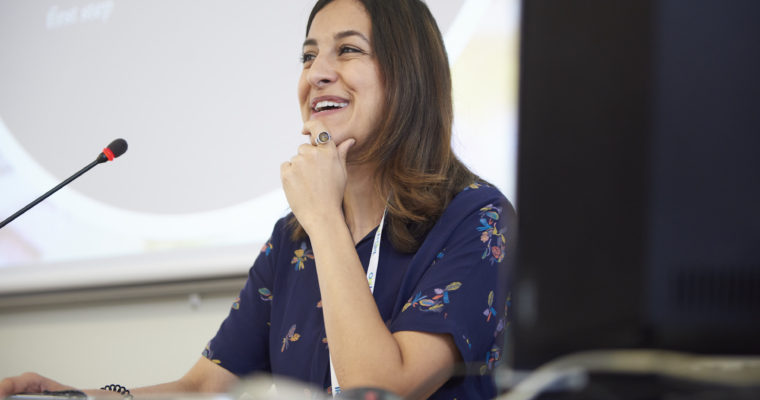Millions of students pursue degrees and careers in economics every year, and most start from a sense of deep curiosity. But nearly all face doubts at one point or another. Often it comes in the form of slow creeping fatigue and a gradual narrowing of interests. Other times it’s a crisis, pulling the whole field into question. Even INET’s President Rob Johnson nearly dropped out of Princeton. What’s going on?
By Gonçalo Fonseca & Heske van Doornen | It’s not the students’ fault. It is the field that is in a pickle. Economics has undergone a lot of transformation in recent decades, becoming increasingly narrow in scope, and divorcing itself from much of the ‘real world’. So if you are an econ student in a slump, questioning whether you picked the right field, this is for you.
These 8 principles show you how to approach economics without compromising your curiosity. They can help you do good work, allow you to enjoy what you are doing, and set you up to make a meaningful difference.
1. Know what to expect
Most economics programs are constructed linearly. The intro courses present a small set of basic models and the intermediate course adds more detail. Most people expect that their senior year—or at least grad school—will introduce something new. So they are disappointed when they see the same models again, just with more calculus. What to do? Do not wait for them to serve you something else. Take matters into your own hands.
2. Keep your questions front and center
Think about the questions that brought you to the field. Did you want to understand why the markets go up and down? How did inequality get so high? How businesses innovate? What AI will do to our jobs? Let those questions be your driving force. If you find that the analytical tools you are taught cannot address them, don’t blame your questions. Go looking for more tools.
3. Think for yourself, always.
Textbooks often present themselves as objective. But economics is not settled. It may be a science, but it is a human science, with inevitable faults. So it must be approached with a wider lens, and recognized as open-ended, with room for debate.
4. Stay connected to the real world
The models you learn are presented as universal. Relevant in any context and at any time. But stock market crashes and labor laws are not made in a void. They are made in a social and historical context. Economics is a topic, not a technique. So start with the questions, and let the answers come from anywhere. Sometimes, you will need your textbook model. Other times, you will need something else.
5. Don’t feel guilty about going broad
It is often said that scholars are willing to sacrifice five miles of breadth for one inch of depth, as an entire academic career can be built on that inch. But that trade-off is flawed. Real issues are intertwined, big and complicated. Exploring new areas improves your work. Five miles of breadth can lead you to excavators that will let you dig with MORE depth!
6. Take responsibility for your own learning
Chances are your textbook is dull and unconvincing. So you will have to get your nourishment somewhere else. Some teachers do a great job at this, but if yours is not one of them, it is on you. Explore courses and lectures by teachers other than your own. Go down a History of Economic Thought rabbit hole. Go beyond the model minutia and get the overview.
7. Know that economics needs you
We have a climate crisis to solve, financial markets to regulate, increasing inequality to deal with, and a host of complex issues around global markets and trade. The future of work is uncertain and gender disparities continue to loom. There is no shortage of pressing questions that need answering. So if economics feels cold, dull, and limiting, and you are tempted to turn your back on it, DON’T. Don’t leave economics to economists. The world needs people like you—the critical, the observant, the restless, to make economics BETTER.
8. Remember that you’re not alone
Students all over the world are faced with this conundrum. That sounds sad but it is not. Because all these people are linking up, supporting each other, and letting their questions lead the way. They are shaping the future of the field. The Young Scholars Initiative has 21 different working groups, each focusing on different topics. You are invited to join us and to be the change you’d like to see.
We are in this together.
About the Authors:
Gonçalo L. Fonseca is a research fellow at the Institute for New Economic Thinking and author of the History of Economic Thought Website. Heske van Doornen is Manager of the Young Scholars Initiative and co-founder of this blog. Twitter: @HeskevanDoornen


